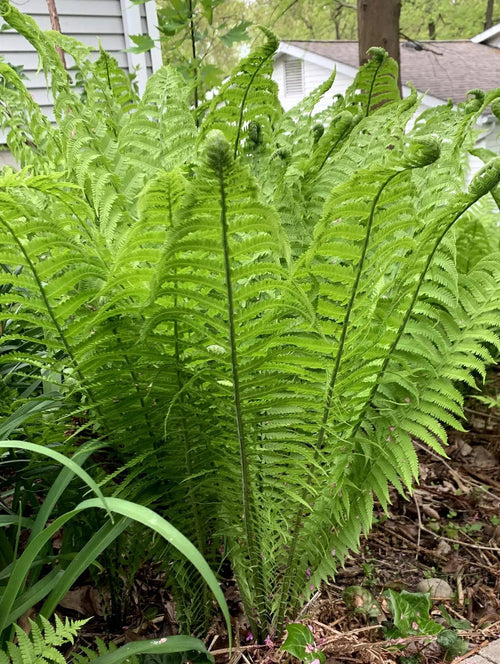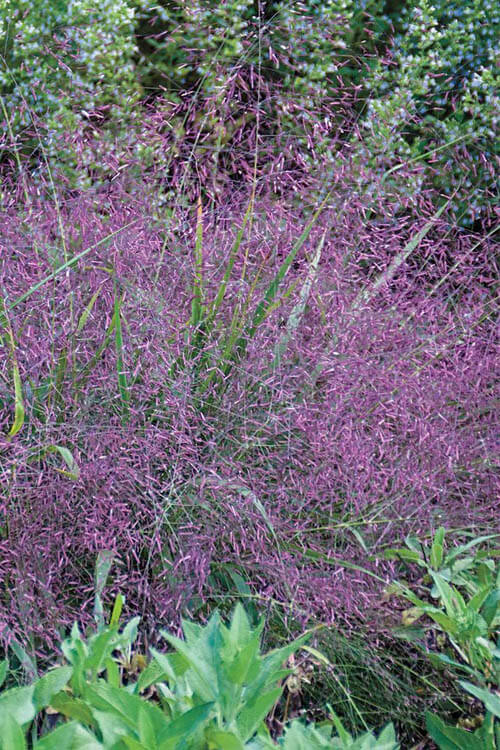Native ferns are an excellent for any home garden, bringing lush greenery and natural elegance
These plants have been thriving for millions of years and offer numerous benefits, including improved air quality, reduced soil erosion, and habitat creation for wildlife. This manual will examine the steps involved in planting and caring for native fern varieties in your home garden.
Following these procedures, you can make a flourishing fern haven that will bring beauty and tranquility to your outdoor space.
I. Selecting Native Fern Varieties: Research local native fern species: Start by understanding the native fern species suitable for your region. Check with local nurseries, botanical gardens, or horticultural societies to find a list of ferns native to your area.
Consider site conditions: Evaluate the requirements in your garden, such as sunlight, soil type, and moisture levels. Choose fern varieties that are well-suited to these conditions to ensure successful growth.
II. Preparing the Garden Bed: Please choose a suitable location: Most ferns prefer shady or partially shaded areas, as direct sunlight can scorch their delicate fronds. Prepare the soil: Native ferns generally prefer well-draining, organic-rich soil. Amend the soil with compost or well-rotted leaf litter to improve its structure and fertility. Clear the area: Remove any weeds, rocks, or debris from the planting site. Clearing the region ensures the ferns have ample space to establish their root systems.
III. Planting Native Ferns: Timing: The ideal time to plant ferns is during the early spring or fall when the weather is cooler. Avoid planting during the hot summer months to prevent stress on the plants. Digging the hole: Dig a spot slightly broader and deeper than the fern's root ball.
Placing the fern: Carefully remove the fern from its container, not damaging the roots. Please put it in the hole, ensuring the plant crown sits below the soil surface.
Backfilling and watering: Fill the hole with soil, gently firming it around the roots. Water the newly planted fern thoroughly to settle the soil and remove air pockets.
IV. Caring for Native Ferns: Watering: Ferns generally require consistent moisture to thrive. Adding mulch near the bottom of the plants can help retain moisture.
Native ferns usually do not require excessive fertilization
However, if your soil is poor, you can apply a balanced slow-release fertilizer once or twice a year. Add organic mulch near the bottom of the ferns to help retain moisture, suppress weeds, and provide insulation.
Pruning and maintenance: Remove dead or damaged fronds regularly to maintain the plant's health and appearance. Avoid pruning green, healthy fronds unless necessary. Pest and disease control: Native ferns are generally resilient and less prone to pest and disease issues.
V. Propagation: Division: Many ferns can be propagated through division. Carefully lift the plant from the ground, separate the root mass into smaller clumps, and replant them in suitable locations.
Spores: Ferns also reproduce through spores. Collect spores from mature fronds, sow them on a suitable medium, and provide the right conditions for germination.
VI. Protection and Winter Care: Shelter: If your region experiences harsh winters, consider providing additional protection by covering the ferns with burlap or placing them in a protected area, such as a cold frame or unheated greenhouse.
Choosing the suitable native fern for your garden involves considering several factors, including your geographical location, site conditions, and personal preferences. Here are some steps to help you select the perfect native fern for your home garden:
Research native fern species: Research the native fern species indigenous to your region. Local nurseries, botanical gardens, or horticultural societies can provide valuable information and resources.
Look for ferns that naturally occur in your area and are adapted to the local climate
Evaluate site conditions: Assess the needs in your garden, including sunlight exposure, soil type, moisture levels, and temperature fluctuations. Ferns have different requirements, so it's essential to match their preferences with the specific conditions of your garden.
Consider the following factors: a. Sunlight: Most ferns prefer shady or partially shaded areas.
Determine whether your garden offers dappled sunlight or filtered shade, and choose ferns that thrive in those light conditions. Some ferns can tolerate more sunlight, while others prefer deep shade.
b. Soil type: Ferns generally prefer well-draining soil that retains moisture. Determine the soil type in your garden, such as sandy, loamy, or clay, and select fern species suited to that soil type.
c. Moisture levels: Ferns are typically moisture-loving plants that thrive in moist soil.
Consider the natural moisture levels in your garden, such as whether it tends to be dry or retains moisture. Choose fern varieties that are adapted to those moisture conditions. If your garden is dry, you may need to provide additional watering or select more drought-tolerant ferns.
d. Temperature hardiness: Evaluate your region's temperature ranges and choose hardy ferns that can withstand the local climate. Some ferns are more cold-tolerant and can survive frost, while others prefer warmer temperatures. Select ferns that match the typical temperature range of your area. Consider growth habits and sizes:
Ferns exhibit a range of growth habits, from spreading groundcovers to tall, upright specimens. Consider the available space in your garden and choose ferns that fit the desired size and growth habit. Some ferns form compact clumps, while others can spread and colonize larger areas. Fiddlehead fern is an easy fern to grow.
Personal preferences: Consider your personal aesthetic preferences and the overall design of your garden. Ferns offer a variety of frond shapes, textures, and colors. Decide whether you prefer delicate, lacy fronds or bold, broad leaves. Consider how the ferns will complement other plants in your garden and create a cohesive design.
Seek expert advice: If you're unsure which native ferns to choose, consult with local gardening experts or professionals knowledgeable about native plant species.
By carefully evaluating these characteristics, you can choose native fern varieties that are well-suited to your garden's conditions and create a beautiful, thriving fern garden that enhances the natural beauty of your outdoor space.
#tnnursery #mailorderplants #onlinenursery #nativeferns



















































